I'm not the only one who was surprised to see Nvidia announce the RTX 5050. Nvidia briefly returned to a true budget GPU a few years ago with the RTX 3050, but after skipping the RTX 4050 on desktop, it didn't seem like we would see any more sub-$300 desktop GPUs from Nvidia. And yet, Nvidia is releasing the RTX 5050 as a desktop GPU, and try as I might, I can't wrap my head around it.
Even without a single benchmark to go off of, the RTX 5050 already runs into issues. Its proximity to other Nvidia GPUs selling at MSRP already sets up a poor value proposition, and that's not to mention the issues with the GPU's memory. We don't have a firm release date for the RTX 5050, nor third-party performance numbers. But once the card is here, I'd recommend taking a hard look at its capabilities before picking it up. On paper, at least, the RTX 5050 already has problems.
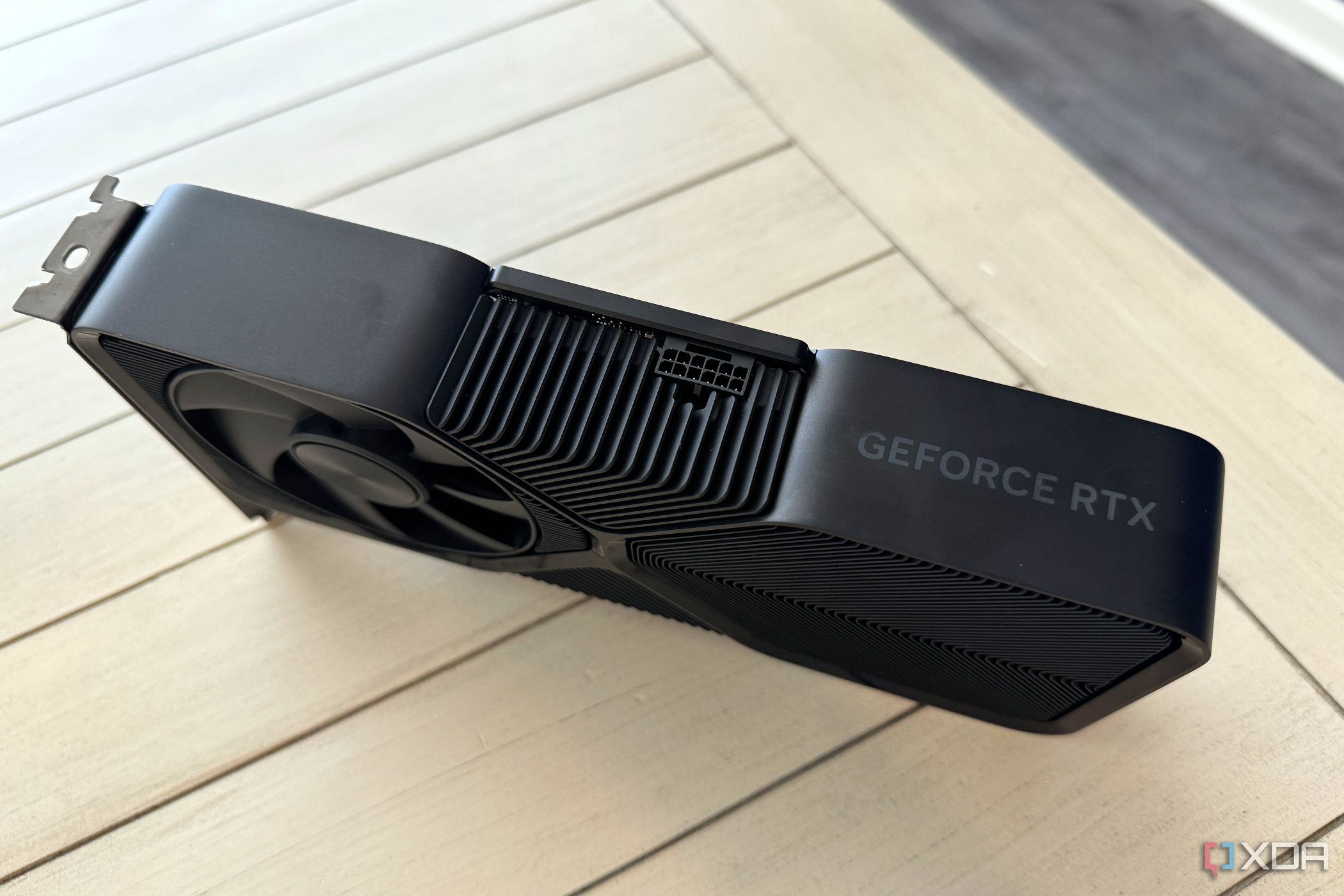
Related
5 reasons I don't plan to upgrade to Nvidia's RTX 5000 series
It'll be exciting to cover what Nvidia's RTX 5000 series brings in January, but I don't plan to upgrade.
The headline fault is the memory
You're not getting what Blackwell normally has
If you haven't heard yet, the RTX 5050 comes with GDDR6 memory. That alone is a downgrade considering every other card from Nvidia's Blackwell generation comes with GDDR7 memory. Maybe you could justify the older, slower memory standard with the fact that this is a $250 graphics card. That justification starts to fall apart when you look at the mobile RTX 5050, however, which comes with GDDR7 memory.
Both the desktop and mobile versions of the RTX 5050 come with the same number of cores, 8GB of VRAM, and similar clock speeds. The mobile version comes with a lower power draw given that it's a mobile part, but it also comes with faster GDDR7 memory. You'd normally expect the mobile versions of Nvidia's graphics cards to have reduced specs between clock speed, core count, power draw, and memory configuration. That's certainly the case elsewhere in Nvidia's Blackwell lineup. Here, though, the desktop and mobile RTX 5050 are very close, and the mobile version even has an edge when it comes to memory.
There isn't a benefit to using GDDR6 on the desktop version, at least to consumers.
Memory speed is only one factor when it comes to overall GPU performance, and we'll never know the exact performance loss GDDR6 represents unless someone decides to splice GDDR7 modules on the card somehow. Regardless, the RTX 5050 is missing one of the marquee hardware features of Nvidia's Blackwell generation without GDDR7 memory, and it's a hardware change that Nvidia has yet to justify. It says the mobile part benefits from GDDR7 due to better power efficiency, but there isn't a benefit to using GDDR6 on the desktop version, at least to consumers.
The cynical read of this situation is obvious. Nvidia wants to save some money on a desktop GPU where it has complete control over the design, so instead of expensive GDDR7 modules, it can pick up some aging GDDR6 modules on sale and boost its profits. There's probably some truth to that, but there's a less cynical read of this situation, too. GDDR7 is in high demand for Nvidia's Blackwell product stack, while GDDR6 is mature and available from several suppliers. Nvidia may want to avoid supply disruption with the desktop RTX 5050 to maintain inventory — in fact, it's already said that both SK Hynix and Samsung are suppliers for GDDR6 on the RTX 5050. There's probably some element of truth in both reads of the situation.
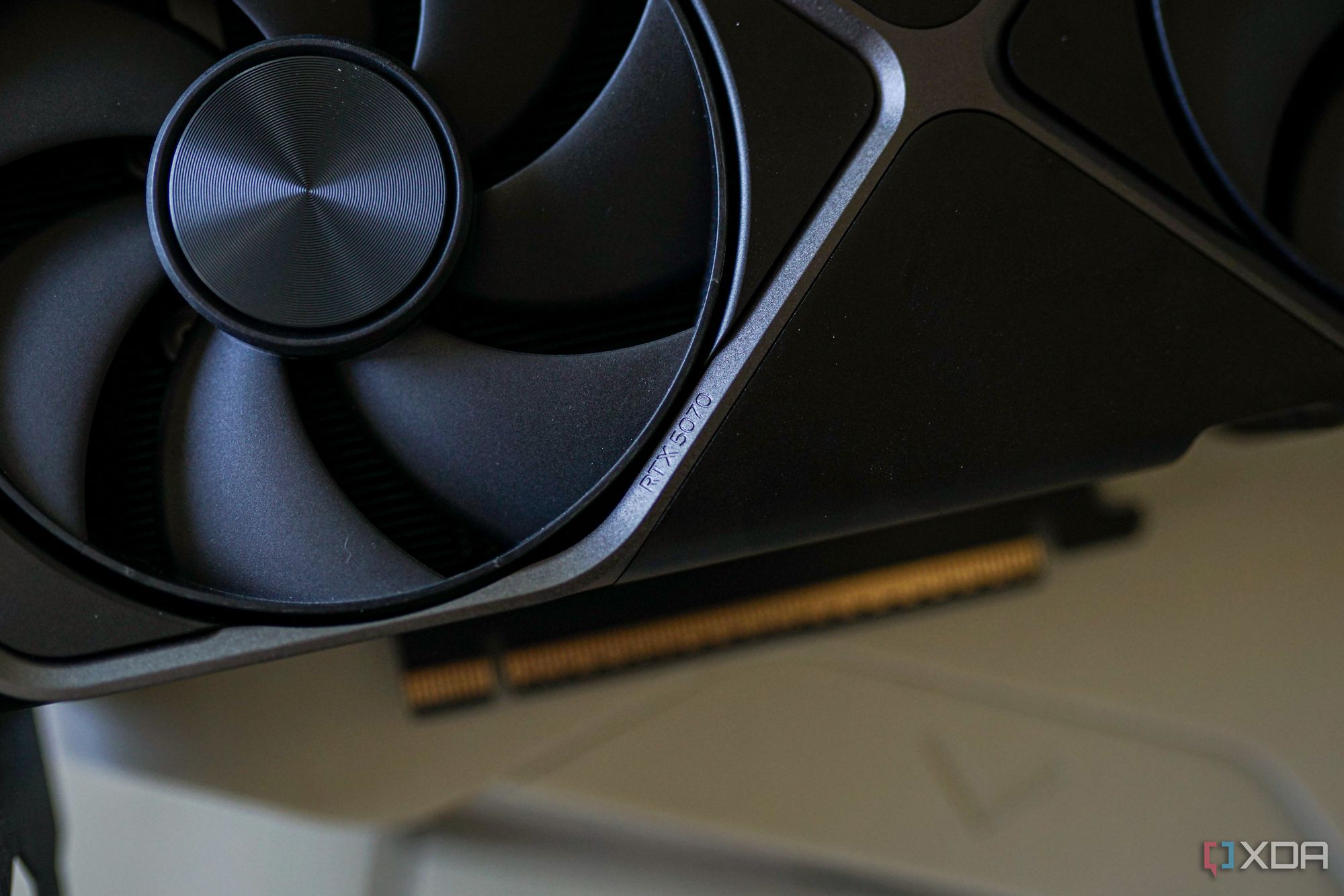
Related
4 GPUs you should buy instead of the RTX 5070
These GPUs compete with the RTX 5070, and you can pick them up for less.
A true "budget" pricing strategy
Why not just buy the RTX 5060?
The memory configuration feels like a cut corner, but the real issue with the RTX 5050 is the price. It has a list price of $250. Although new GPU launches have been defined by how expensive the cards become post-launch, the RTX 5050 will probably sell for its list price; or, at least, as close as it can without the impact of tariffs caught in limbo. The RTX 5060 and RTX 5060 Ti have both remained stable at or around MSRP, and even the RX 9060 XT is available at list price — shocking, considering how much demand there was for the RX 9070 XT. I don't expect the RTX 5050 will be any different.
That puts it in proximity with the RTX 5060 and the RX 9060 XT, at least when looking at the 8GB model. Both of those GPUs are $300, and there's a good chance they'll be significantly faster than the RTX 5050. The RTX 5060 has 50% more CUDA cores, and the RX 9060 XT is already faster than the RTX 5060. The RTX 5050 is going to have a rough time justifying itself when there are two GPUs with much more capable hardware available for just $50 more. Even PC gamers on extremely tight budgets have an extra $50 to spare if it represents a far more capable GPU. If anything, the $250 MSRP of the RTX 5050 looks like a way to push budget shoppers into that $300 bracket with the RTX 5060.
The RTX 5050 is a budget GPU that refuses to recognize the reality of spending $250 on a graphics card.
Looking at the price from a pure numbers perspective, the RTX 5050 doesn't hold up. The RTX 5060 is 20% more expensive, but it also comes with 50% more CUDA cores. That's not the main issue with the RTX 5050, though. The issue with it is that the $250 MSRP fails to recognize the fact that $250 is a lot of money to spend on something. It's a budget graphics card by GPU standards, but anyone who has $250 to spend on the RTX 5050 probably has $300 to spend on the RTX 5060 or RX 9060 XT.
That's my main issue with the RTX 5050. It's a budget GPU that refuses to recognize the reality of spending $250 on a graphics card. The MSRP asserts that there are some situations where you'd want to spend $50 less than the RTX 5060 or RX 9060 XT on what is, on paper, a far inferior GPU. I'm not sure that situation exists. The price is even more problematic when you consider Intel, as well, which has redefined what a $250 GPU should look like with the Arc B580. I don't suspect the RTX 5050 will be able to stand on firm ground against that GPU, and may even struggle against the Arc B570.
Based on the specs, the RTX 5050 should be a $200 graphics card. Even at that price, the RTX 5060 and RX 9060 XT would likely provide better value — we don't have third-party performance data yet — but at least a $200 MSRP would place enough distance between the RTX 5050 and the rest of the market to justify its existence.
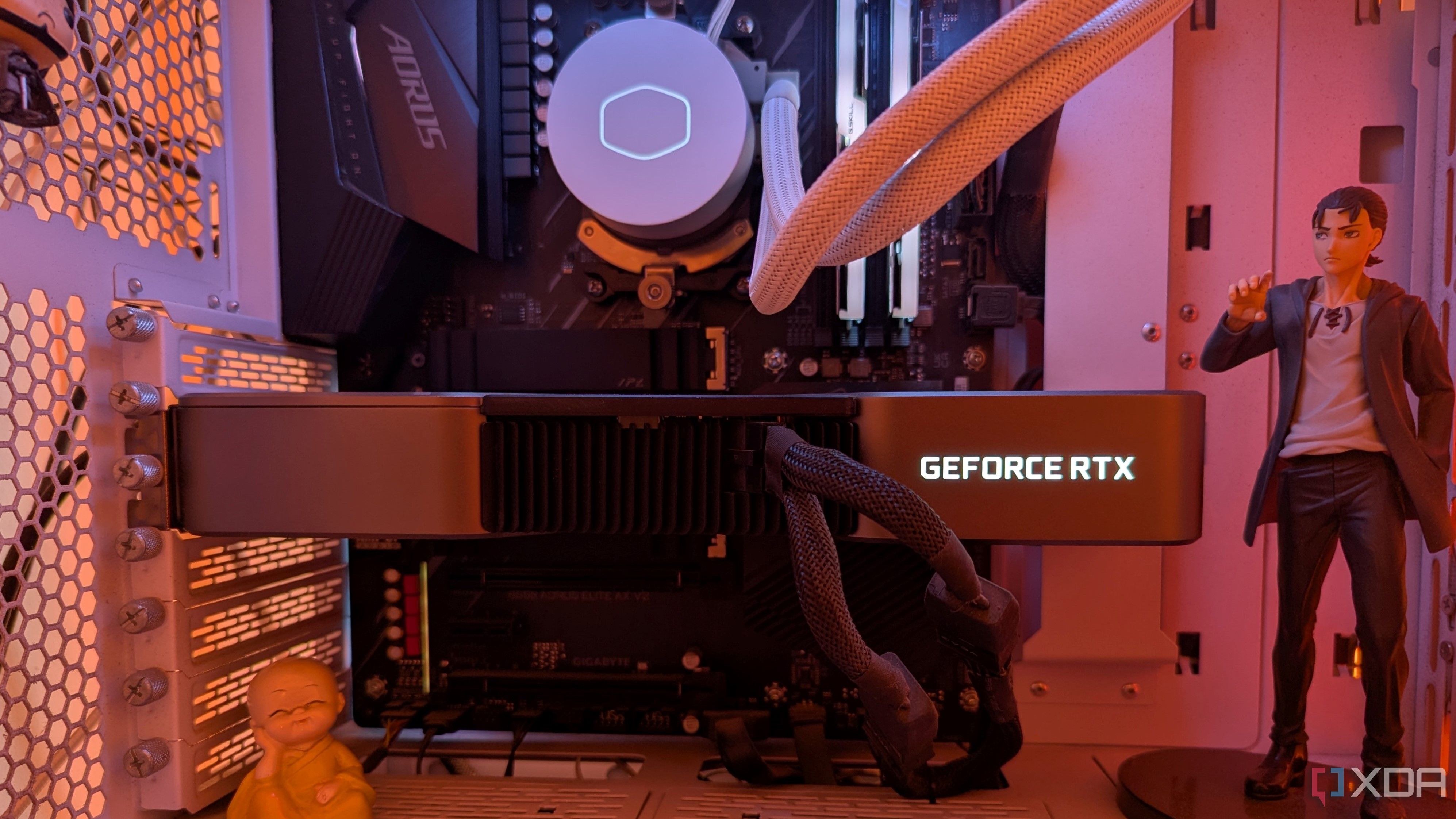
Related
5 reasons my RTX 3080 to RTX 5080 upgrade dream is ruined
I hoped the RTX 5080 would replace my RTX 3080, but the dream is dead.
Not just a vessel for DLSS 4
It can only make up for so much
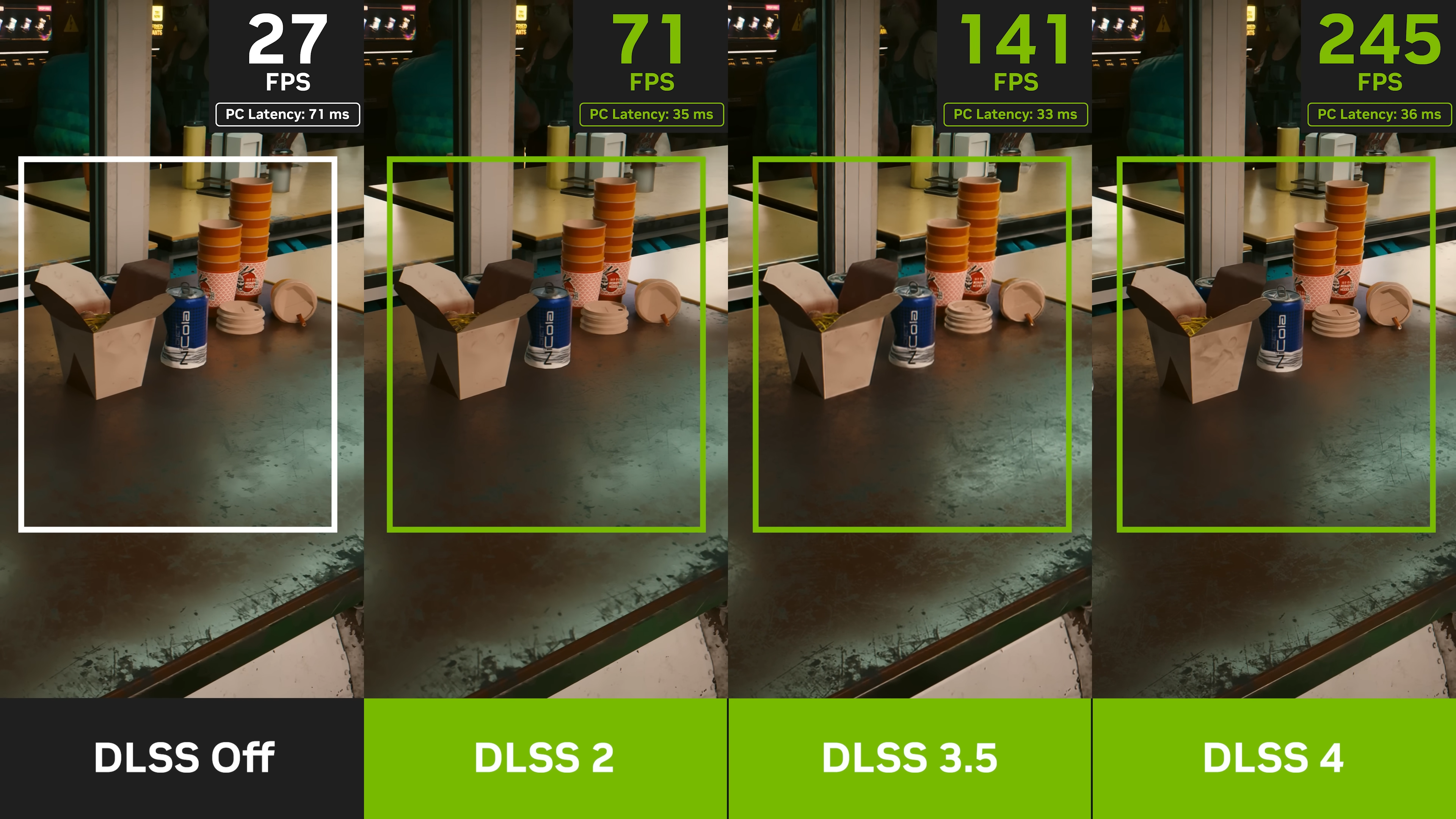
Over the past few generations, one of the key justifications for Nvida's less-popular GPUs has been DLSS. It particularly pops up around GPUs that have issues, like last-gen's RTX 4060 Ti. The card itself may have problems, and it might not be a great buy compared to the competition. But it's the cheapest way to get DLSS, and that is enough to push it from a product you shouldn't buy into one you should. That's how the story goes, and it usually works, but you can't apply that same logic to the RTX 5050. It will be, when it releases, the cheapest way to get DLSS 4 and its Multi-Frame Generation (MFG) capabilities, but you shouldn't look at the RTX 5050 as just a vessel for Nvidia's marquee GPU feature.
There are two factors to consider with DLSS 4 and the RTX 5050. First, you'll be using Super Resolution at 1080p. DLSS Super Resolution provides less of a benefit at lower output resolutions. The performance benefit is lower because you more easily become CPU-bottlenecked at extremely low input resolutions, and the reconstruction struggles to keep up because it has such little data to go on. DLSS Super Resolution is still a useful feature at 1080p, no doubt. But you can't push it as aggressively as you can if you have a higher output resolution and still get good results. That's an issue that even the RTX 5060 runs into.
The limitations of DLSS Super Resolution are well-known, but MFG is still a relatively new addition to the suite. On 8GB graphics cards, MFG can cause problems. I saw this in action in Doom: The Dark Ages, where MFG accounted for an extra 500MB of VRAM usage on the RTX 5060 when its 8GB frame buffer was already saturated. The RTX 5050 will run into the same issues, not to mention the inherent problems with latency in frame interpolation features where an improvement in smoothness doesn't offer an improvement in game feel at lower input frame rates.
I'm not saying DLSS 4 is a bad feature or that it shouldn't be on the RTX 5050 — quite the opposite, actually — but moreso how the card's limitations compound to make the DLSS 4 suite far less useful. I'm sure most RTX 5050 owners will use DLSS 4 when the card is available, and they should. It's just not as easy to hang your hat on DLSS 4 to fully make up for the performance gaps of lacking hardware.
Time will tell
The RTX 5050 is set to launch in the second half of July, so we only have a couple of weeks until we know how the card performs. I'll gladly eat my words if it releases and provides an excellent entry point into Nvidia's GPU lineup at $250. Everything we know about the card right now suggests otherwise, but I'd rather get a great GPU and be wrong than a mediocre GPU and be right. Regardless of what the final word on the RTX 5050 is, I'd recommend handling it with skepticism. From everything we know about the card right now, it doesn't look promising.
.png)
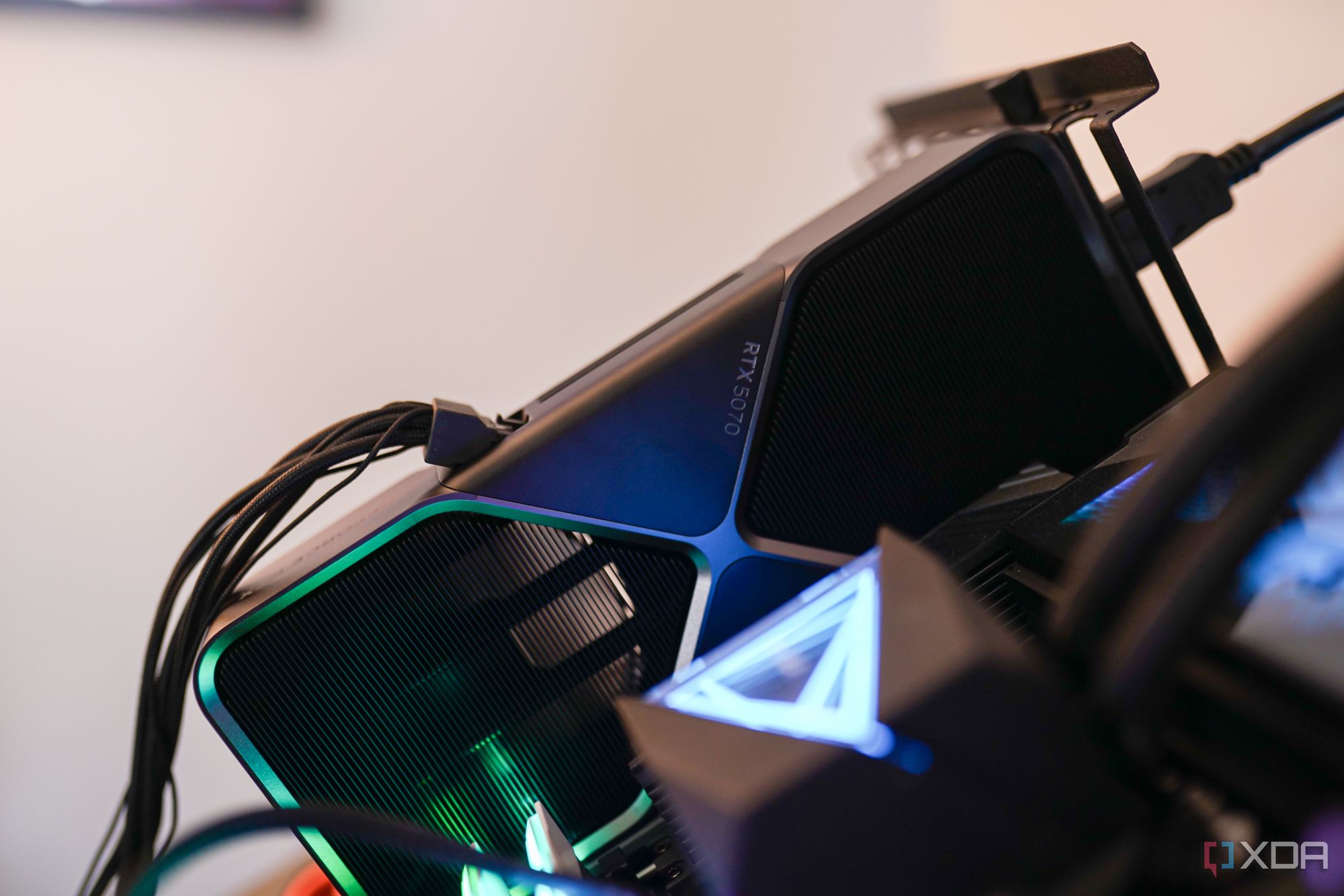










 English (US) ·
English (US) ·